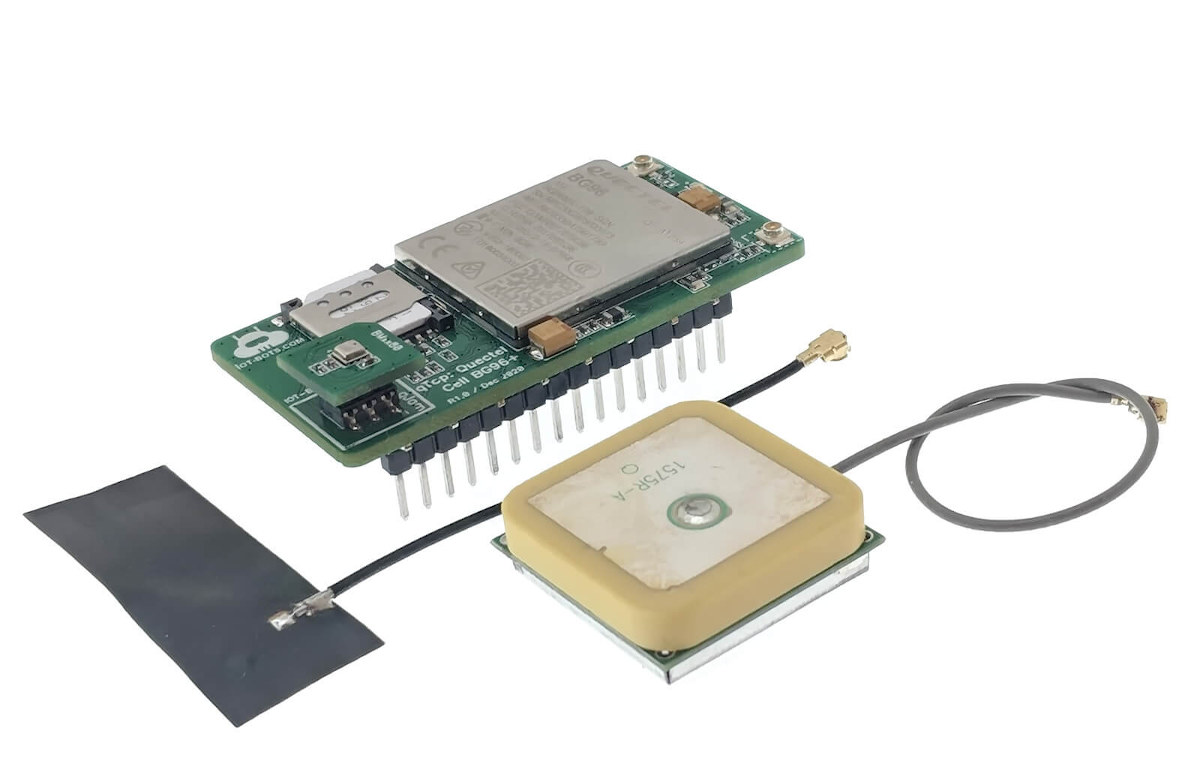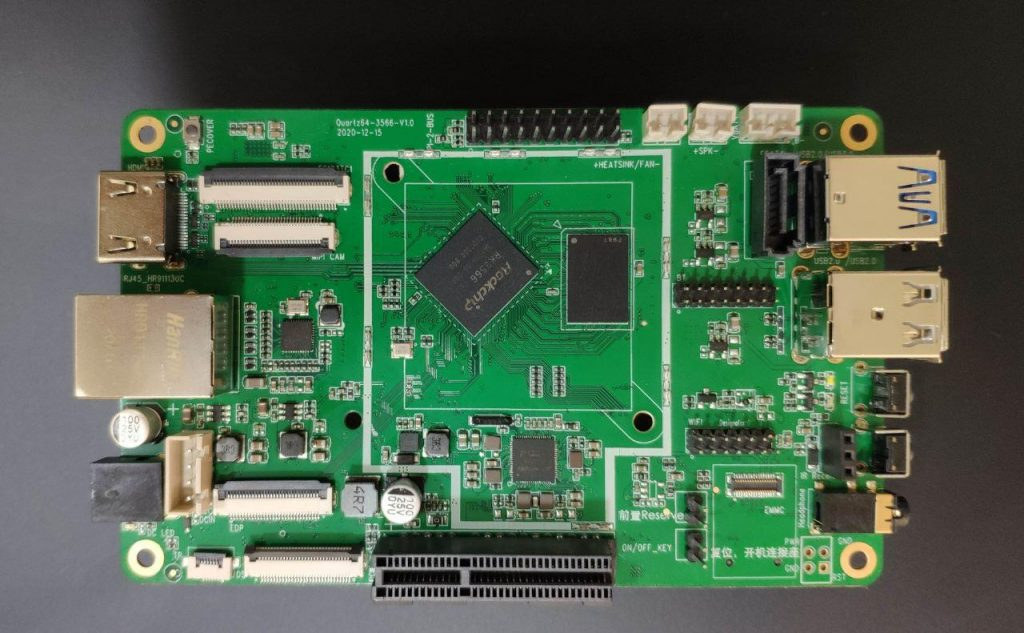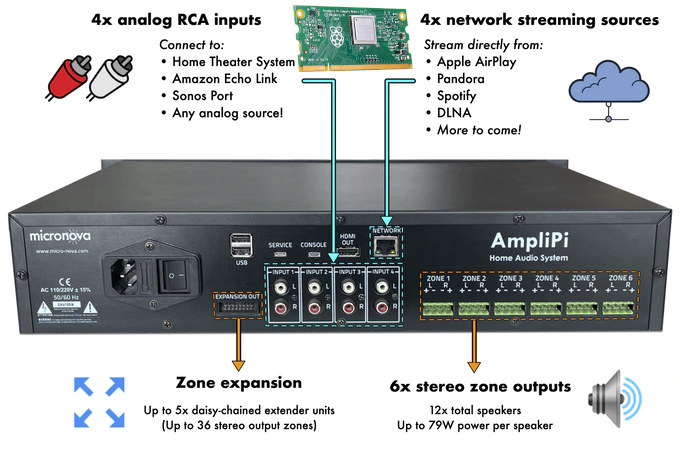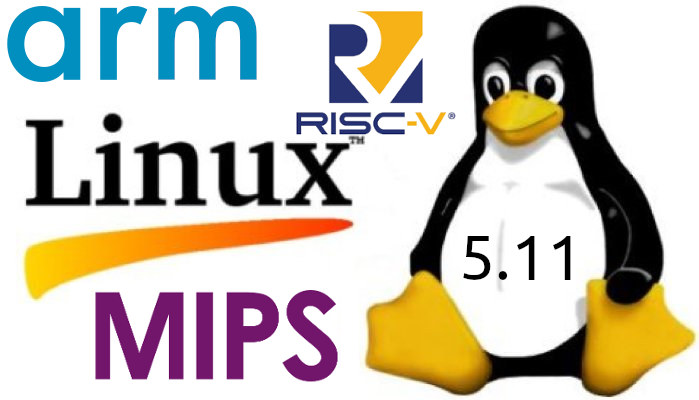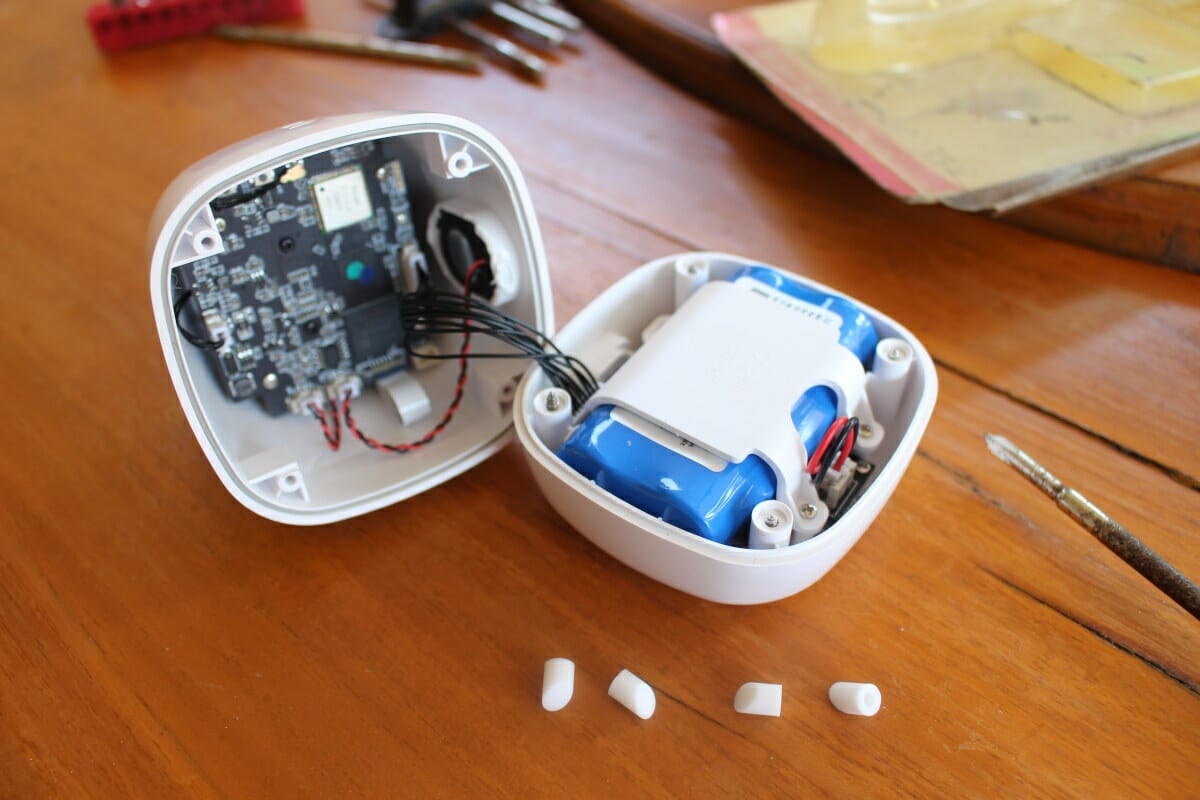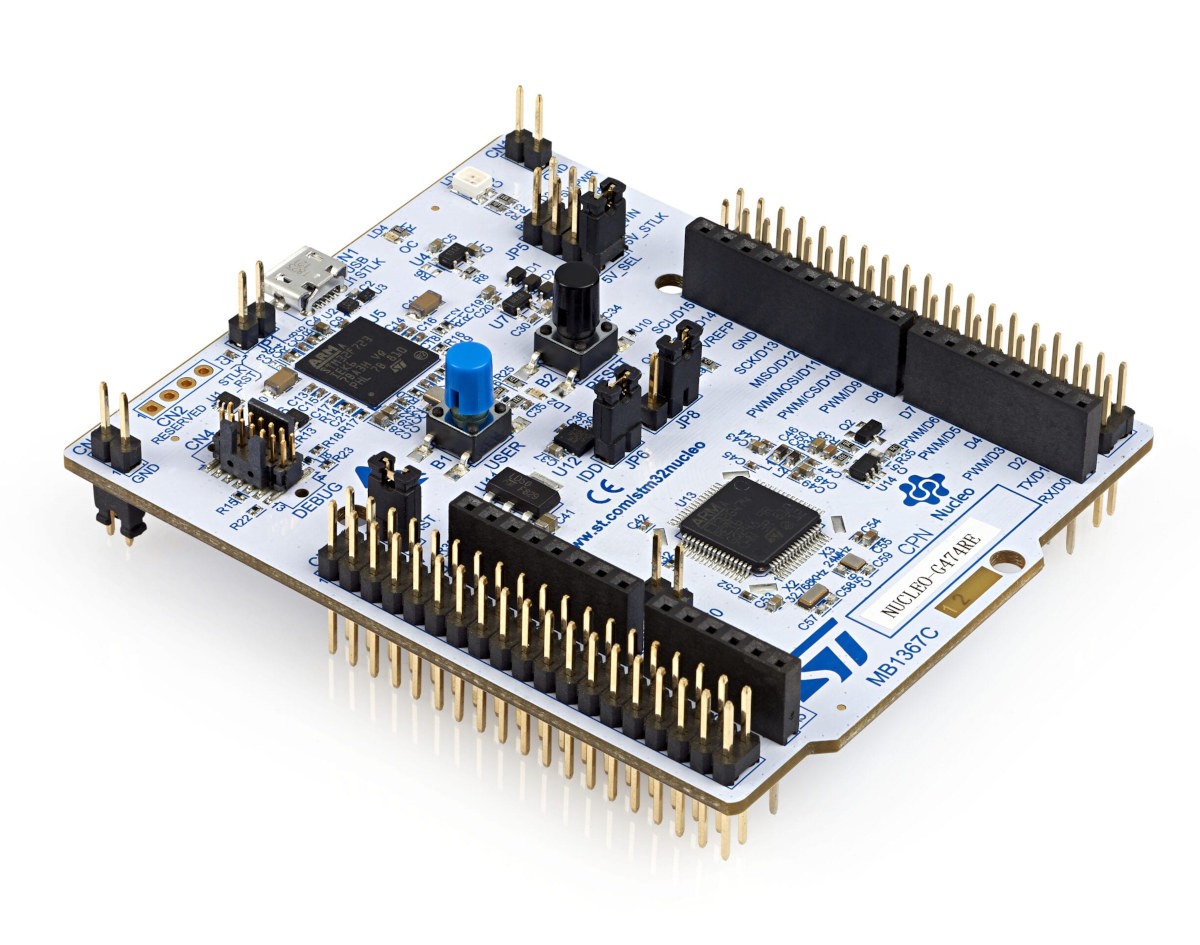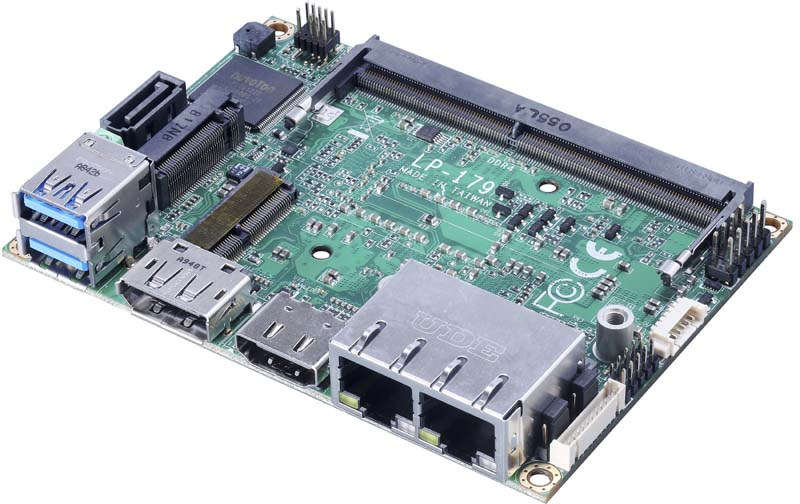Color eReaders and color e-Ink smartphones have started to show up last year with products such as Onyx Boox Poke2 Color, PocketBook Color, or Hisense A7 CC with displays ranging from 6-inch to 6.7-inch in size. If you like the idea of having a color eReader, but would prefer a (slightly) large display, PocketBook InkPad Color may be an interesting option with the eReader featuring a 7.8-inch Kaleido e-Ink display with 4096 colors. PocketBook InkPad Color specifications: Processor – Unnamed dual-core processor @ 1 GHz (probably Allwinner B288 dual-core Arm Cortex-A7 processor) System Memory – 1GB RAM Storage – 16GB eMMC flash, and microSD card reader up to 32GB Display – 7.8 inch E-Ink Kaleido display with 1872 x 1404 (16 shades of grey – 300 ppi) or 624 x 468 (color – 100 ppi) resolution, capacitive touch, and front-light Connectivity – WiFi 4 and Bluetooth (e.g. for audio) USB […]
Feather compatible shield Integrates BG96 Module with LTE Cat-M1, NB-IoT, and GPS
Last week, I wrote about the Pebble Board, an nRF9160 based LTE-M and NB-IoT GPS tracker board that connects with Thingsboard. I was soon informed about a similar solution based on Quectel BG96 and compatible with the Feather form factor. Meet IoT-Bots.com’s qTop Adafruit Feather Compatible shield. In case you wonder, why they did not call it a FeatherWing, that’s because as it’s slightly larger, and the boards are “Adafruit Feather Compatible (AFC) from the interface connection perspective only.” Key features and specifications: Wireless module – Quectel BG96 Cellular – LTE Cat M1, NB-IoT, and EGPRS module offering maximum data rates of 375 kbps downlink and uplink GNSS – GPS, GLONASS, BeiDou/Compass, Galileo, QZSS Nano SIM card holder and u.FL connector (3) for cellular connectivity u.FL connector (4) for GNSS Expansion Feather expansion connector (11) 6-pin qJam interface connector (12) with I2C for extra sensors Misc – Network status LED, […]
Pine64 unveils Quartz64 SBC powered by Rockchip RK3566 SoC
We may just have written about Geniatech RK3566/RK3568 development board, but as expected, Pine64 has now unveiled more details about Quartz64 SBC powered by Rockchip RK3566 SoC. As we’ll see below, the design is very similar to RK3399 based RockPro64, but the new model adds a native SATA 3.0 port, an integrated battery charging circuitry, an ePD port for e-Ink displays, and supports more memory with up to 8GB LPDDR4 RAM. Quartz64 Model A preliminary specifications: SoC – Rockchip RK3566 quad-core Cortex-A55 processor up to 1.8 GHz with Arm Mali-G52 GPU supporting OpenGL ES 1.1/2.0/3.2, OpenCL 2.0, Vulkan 1.1, 0.8 TOPS NPU for AI acceleration System Memory – 2GB to 8GB LPDDR4 Storage SPI Flash optional eMMC module from 16GB up to 128GB capacity bootable SDHC/SDXC MicroSD card up to 256GB (or is it 2TB?) SATA 3.0 port (multiplexed with USB 3.0) Video Output / Display Interfaces HDMI 2.0a up […]
AmpliPi – A Raspberry Pi-based whole house audio amplifier (Crowdfunding)
Micro Nova has put together an open-source, whole-house audio amplifier called AmpliPi based on Raspberry Pi Compute Module 3+. It is capable of streaming four independent sources to 6 stereo output zones, expandable to up to 36 stereo output zones through daisy-chained extender units. AmpliPi specifically supports inputs from four networking streaming sources including AirPlay, Pandora, Spotify, and DLNA, as well as four analog RCA inputs for your media appliances. AmpliPi key components and features: Controller Board Carrier board fitted with Raspberry Pi Compute Module 3+ and PCM5102A & CM6206 audio DACs. It also communicates over I2C with the STM32 MCU on the Preamp board (see below) to control the muxing and amplification systems. Interfaces 10/100M Ethernet port HDMI 1.4 output 2x USB 2.0 ports, plus one internal USB port Service and console ports for maintenance and/or debugging. Preamp Board Board equipped with a 6×4 audio matrix switching system and […]
Linux 5.11 Release – Main Changes, Arm, MIPS & RISC-V Architectures
Linus Torvalds has released Linux 5.11 just in time for… “Valentine’s Day”: Nothing unexpected or particularly scary happened this week, so here we are – with 5.11 tagged and pushed out. In fact, it’s a smaller-than-average set of commits from rc7 to final, which makes me happy. And I already have several pull requests lined up for tomorrow, so we’re all set for the merge window to start. But in the meantime – and yes, I know it’s Valentine’s Day here in the US – maybe give this release a good testing before you go back and play with development kernels. All right? Because I’m sure your SO will understand. Linus Last time around, Linux 5.10 was an LTS release that added EXT-4 performance enhancements, improved post-Spectre performance, as well as the enablement of BCM2711 (Raspberry Pi 4) display pipeline, among other many changes. Some of the notable changes in […]
Vacos Cam AI Security Camera Review – Part 1: Specifications, Unboxing and Teardown
As we’ve seen in our Reolink RLC-810A review, AI security cameras greatly reduce the number of false alerts generated by motion sensors, and the Reolink 4K security camera we tested was capable of people and vehicle detection. The Reolink model does not support WiFi, so I had to run a long Ethernet cable, plus a power extension to connect a 12V power adapter since I don’t own a PoE injector. But I’ve been given the opportunity to review another AI security camera, namely Vacos Cam, that also supports human detection, but relies on WiFi connectivity and can be powered by a solar panel removing the need for potentially long cable. As a bonus, it comes with eMMC for storage, so there’s no need for a MicroSD card. In the first part of the review, I’ll list the specifications, unbox the power panel and camera, and tear down Vacos Cam to […]
New STMicro STM32G4 MCUs target cost-effective motor control systems with up to 512KB flash
STMicro introduced the STM32G4 family of mixed-signal microcontrollers in May 2019 for e-mobility (e.g. e-bikes), digital power supplies, advanced motor controls, lighting, and building-automation products. The Arm Cortex-M4 based microcontrollers clock up to 170 MHz, and include new hardware mathematical accelerators to boost processing of applications using Cordic (Coordinate Rotation Digital Computer) and Filtering functions to support increased performance and energy efficiency. This enables faster and more efficient calculations for energy-saving motor controls and frees up the core to receive more sensor data and control additional user functions. The STM32G4 Series of mixed-signal microcontrollers have three lines of products: The STM32G4x1 Access line – general-purpose microcontrollers with an entry-level set of analog peripherals The STM32G4x3 Performance line – general-purpose microcontrollers with the maximum number of analog peripherals The STM32G4x4 Hi-resolution line with high-resolution timer and complex waveform builder plus event handler (HRTIM) for digital power conversion, such as digital switched-mode […]
Commell LP-179 Pico-ITX motherboard ships with Intel Tiger Lake UP3 embedded processor
Intel first introduced Core i3/i5/i7 Tiger Lake UP3 processors with Intel Xe graphics in early September 2020, soon followed with embedded versions of Tiger Lake UP3 a couple of weeks later, and then Celeron 6305E, still for embedded & IoT applications, with support for features such as 2.5GbE and quad-display support. We’ve already seen some Tiger Lake UP3 motherboards with AAEON UP Xtreme i11 (122 x 120 mm) and IEI tKINO-ULT6 mini-ITX SBC, but if you’d like a more compact Tiger Lake solution, Commell LP-179 Pico-ITX motherboard may be an option with a choice of Core i7-1185G7E or Celeron 6305E processor. Commell LP-179 specifications: SoC (one or the other) Intel Core i7-1185G7E quad-core/octa-thread Tiger Lake UP3 embedded processor @ 1.8 GHz / 4.4 GHz (Turbo) with 12MB cache, 96EU Intel Iris Xe graphics; 12 to 28W TDP Intel Celeron 6305E dual-core Tiger Lake UP3 embedded processor @ 1.8 GHz (No […]


